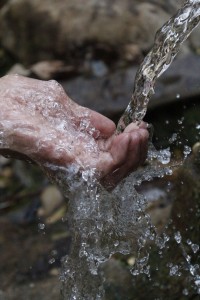
The world’s eyes have been focused on Rio since the Olympic Games opened on August 5. With Brazil having been in the news this year because of a massive Zika outbreak, it’s no surprise many have been concerned for the health of Olympic athletes and spectators alike. Health officials, however, aren’t concerned with a big risk for spread of the virus.
Why?
According to the World Health Organization (WHO), the U.S. Centers for Disease Control and Prevention (CDC), and the European Center for Disease Prevention and Control (ECDC), Zika is classified as ‘low risk’ among health concerns surrounding the Olympics. It’s winter in Brazil, so mosquitoes (whose bites are believed to be the primary method Zika spreads) aren’t as much of a concern as they would be in warmer months. Additionally, with authorities working to kill off and control mosquito populations, the number of new cases recorded has steadily declined for months.
Meanwhile, influenza is listed as being ‘high risk,’ as it’s flu season in Brazil. John McConnell, editor of Lancet Infectious Diseases, said, “People are much more likely to go home carrying flu than Zika virus, and flu is a much more dangerous disease.” With all the press coverage about Zika it’s important to remember that in the United States, Zika has killed one person, whereas the flu kills more than 30,000 people each year.
The best way to avoid the flu, aside from getting a flu vaccine, is to practice good health habits such as thorough and frequent hand washing. Proper hand hygiene remains one of the best ways to protect yourself and your family from getting sick.
Here’s to all the Olympic athletes and spectators who will soon be traveling to their homes from Rio! We hope you had a memorable time, and we hope you remember to wash your hands!
Sources:
http://www.vox.com/2016/7/20/12209168/2016-rio-olympics-zika-virus-health-risks
http://www.cdc.gov/flu/protect/habits.htm
Image source:
https://pixabay.com/en/circles-olympics-olympic-games-blue-1573621/



